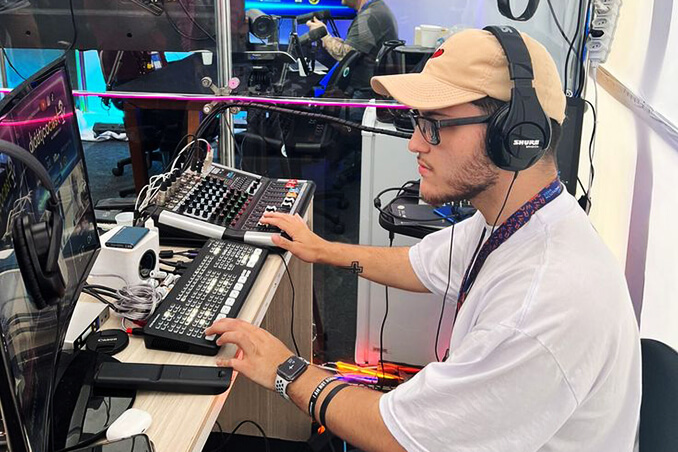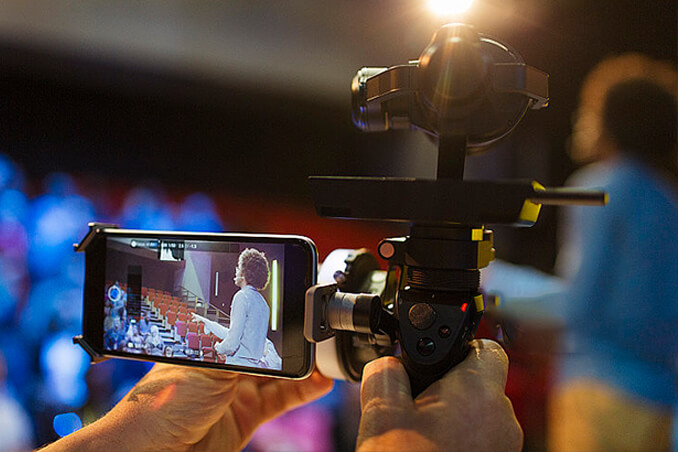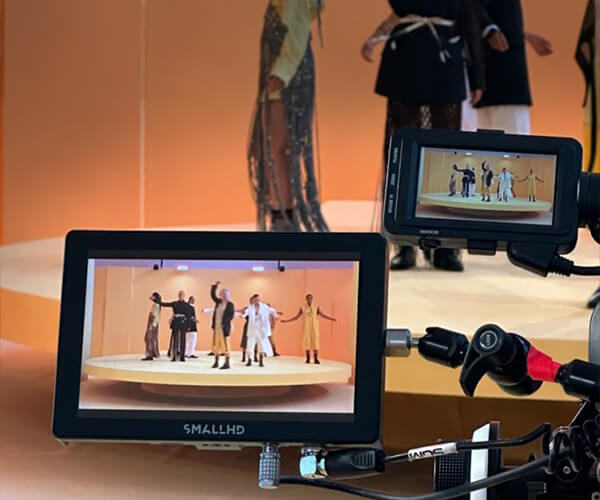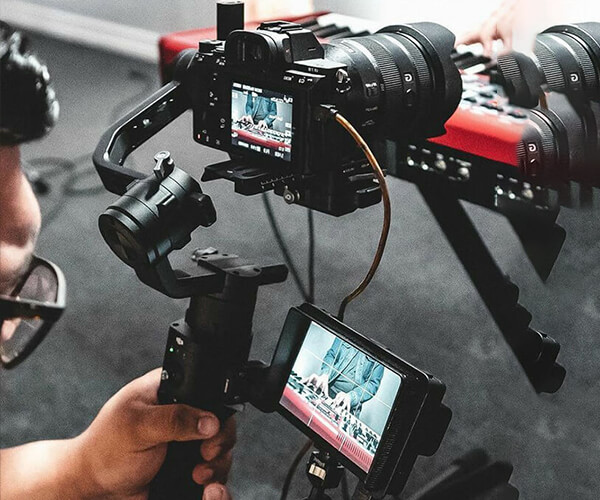LIVE STREAMING
This checklist applies to live streaming roles (e.g., director, technician, engagement moderator) in product launches, expos, performances, etc., defining collaborative tasks and operational standards to achieve efficient live broadcast execution.




Responsibilities of Live Streaming Team
1. Pre-event Planning & Tech Setup
◆ Confirm streaming platforms (e.g., YouTube, TikTok, Zoom), protocols
(RTMP/RTSP), and resolution requirements.
◆ Test encoders, cameras, network bandwidth, and backup streams to ensure
redundant signal paths.
2. Multi-camera Switching & Directing
◆ Switch camera feeds (e.g., main stage, audience reactions, backstage B-roll) in
sync with event pacing and director’s script.
◆ Insert pre-recorded clips, subtitles, or brand logos to enhance content
completeness.
3. Audio Sync & Mixing
◆ Mix live audio (speeches, music) with voiceovers, balancing levels to prevent
distortion or silence.
◆ Provide isolated audio tracks for post-production, marking key timestamps.
4. Real-time Engagement & Moderation
◆ Moderate live chat, comments, and virtual gifts; filter and respond to high-
value user questions.
◆ Monitor sentiment trends and block sensitive content or spam.
5. Data Monitoring & Contingency
◆ Track live metrics (viewership, buffering rates, geo-distribution) and optimize
CDN routing.
◆ Switch to backup streams during outages and display “Please Stand By”
notifications.
6. Copyright & Compliance
◆ Secure licenses for music, likenesses, or trademarks used in streams.
◆ Adhere to platform policies (e.g., no explicit content);
apply 7-10s delay for risk filtering.
7. Post-stream Review & Archiving
◆ Generate post-stream reports (peak viewership,
engagement, conversion rates) with improvement insights.
◆ Archive recordings and raw files;
store or destroy sensitive materials per NDAs.
Core Competencies
◆ Mastery of streaming tools (OBS/XSplit, CDN setup)
◆ Multitasking and decision-making under pressure
◆ Cross-platform engagement management experience
◆ Basic legal knowledge (copyright, privacy laws)
Notes
◆ Simulate network fluctuations and equipment failures during rehearsals to
test contingency response.
◆ For global streams, account for time zones and language support
(e.g., AI real-time translation).
◆ Outdoor events require windproof mics and cellular bonding devices
(e.g., LiveU).
Note: For large events, set up a dedicated control room with monitors, intercoms, and backup power.